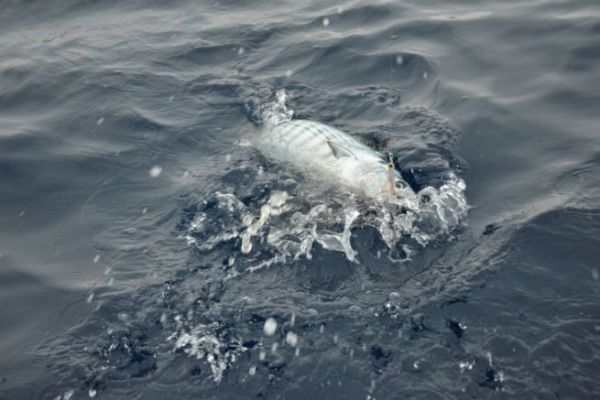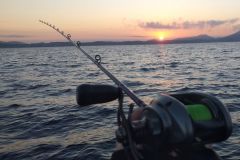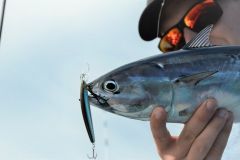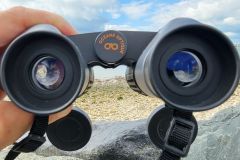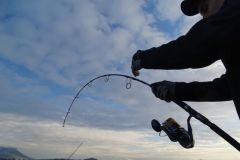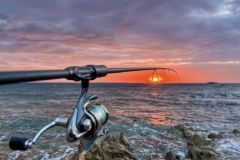Main characteristics of pelagic fish
They generally live at depths of up to 200 meters, but some can sink even lower. Pelagic fish often travel in shoals, which enables them to protect themselves from predators and improve their feeding efficiency.
Their backs are often blue-green, a coloration that serves as camouflage against predators from above or below. Their bodies are streamlined and oblong, facilitating rapid movement through the water.
Pelagic fish do not depend on the seabed for feeding, breeding or hiding.
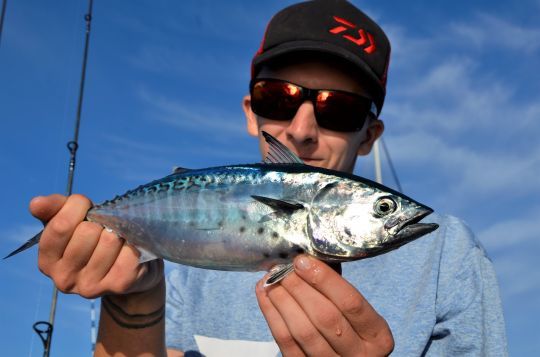
Examples of pelagic fish:
- Small pelagics : sardines, herring, anchovies, mackerel.
- Large pelagics : tuna, swordfish, dolphinfish, some sharks.
Pelagic fish play a major role in marine ecosystems and account for a significant proportion of the world's fish catches.
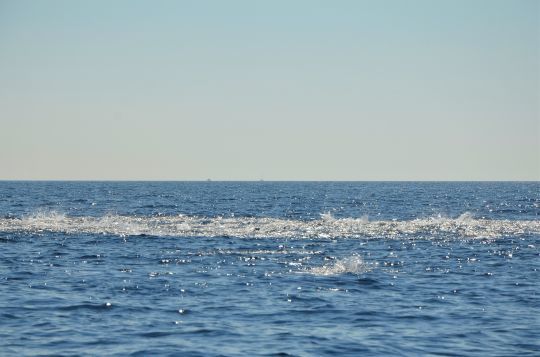
Pelagic fishing
Several techniques are used to catch pelagic fish, adapted to both professional and leisure fishing, at sea or in freshwater.
Trolling: from a boat, lures or baits are dragged behind the boat to attract moving pelagic fish such as bonito, pelamide or tuna. This technique allows you to cover large areas and adapt the depth of the water using diving lures.
Lancer-ramener : use powerful rods to cast lures long distances and bring them back to life to imitate prey. Noisemakers (poppers, stickbaits, jerkbaits) are particularly effective for triggering attacks from active fish on the surface or in open water.
Shore-jigging : launch heavy jigs from the shore to reach areas where schools of pelagic fish pass by. This technique requires patience and observation of surface hunts, often indicated by the presence of birds.
Vertical and linear fishing (by boat) : use of sinking lures to reach the depth where the fish are moving, located using on-board electronics (sounder, GPS). The lure is animated above the fish to provoke an attack.
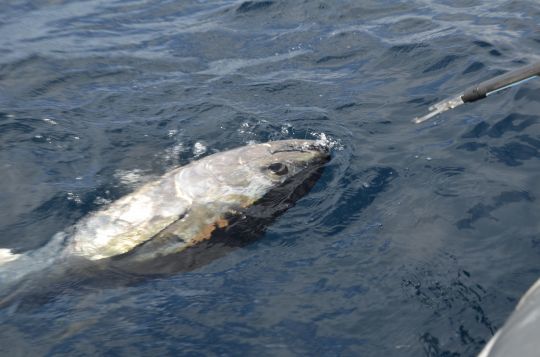
Practical advice
- Adapt your equipment to the size and power of the fish you are looking for: powerful rods, sturdy reels, strong braid.
- Observe surface hunting (bird activity, eddies) to locate schools of fish.
- Focus on times when fish are active: sunrise and sunset, migration and feeding periods.
As pelagic fish are highly mobile, success often depends on the ability to locate shoals quickly and adapt the technique to their current behavior.

 /
/ 